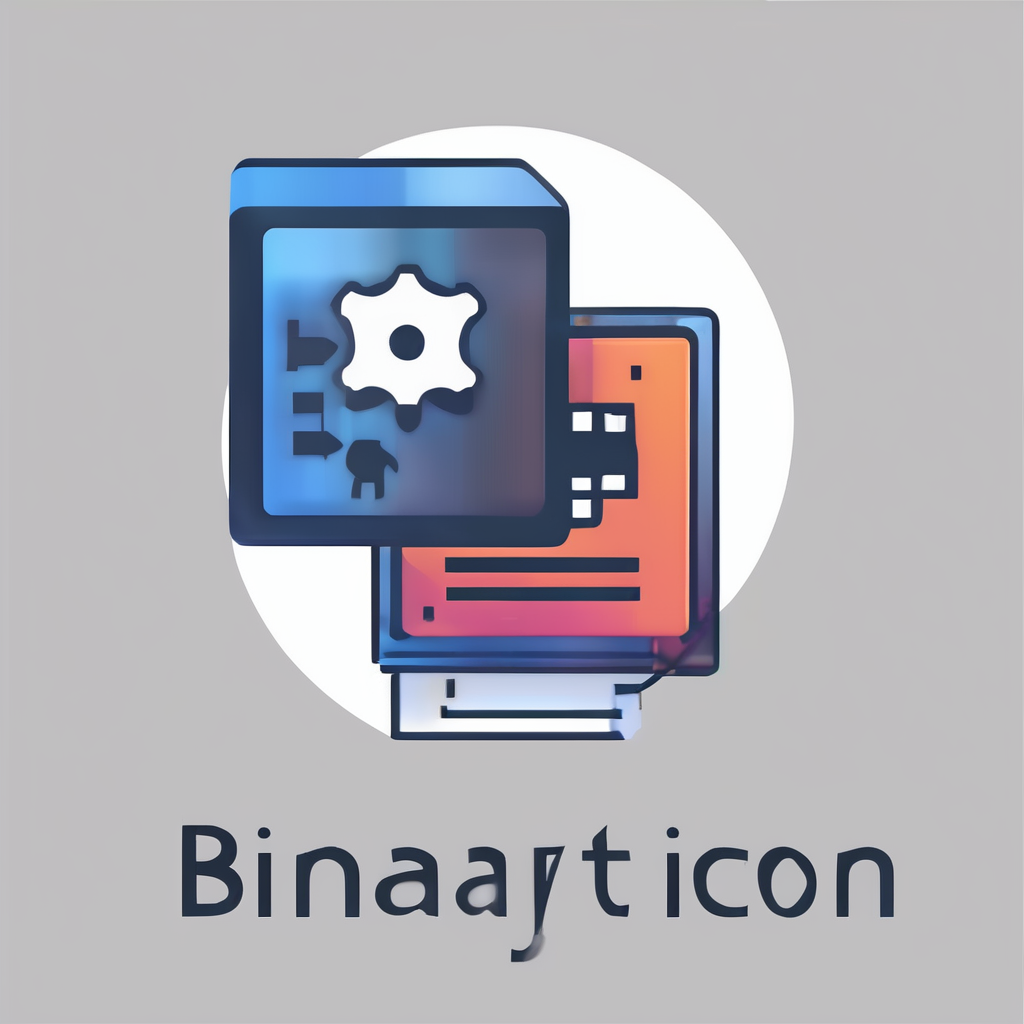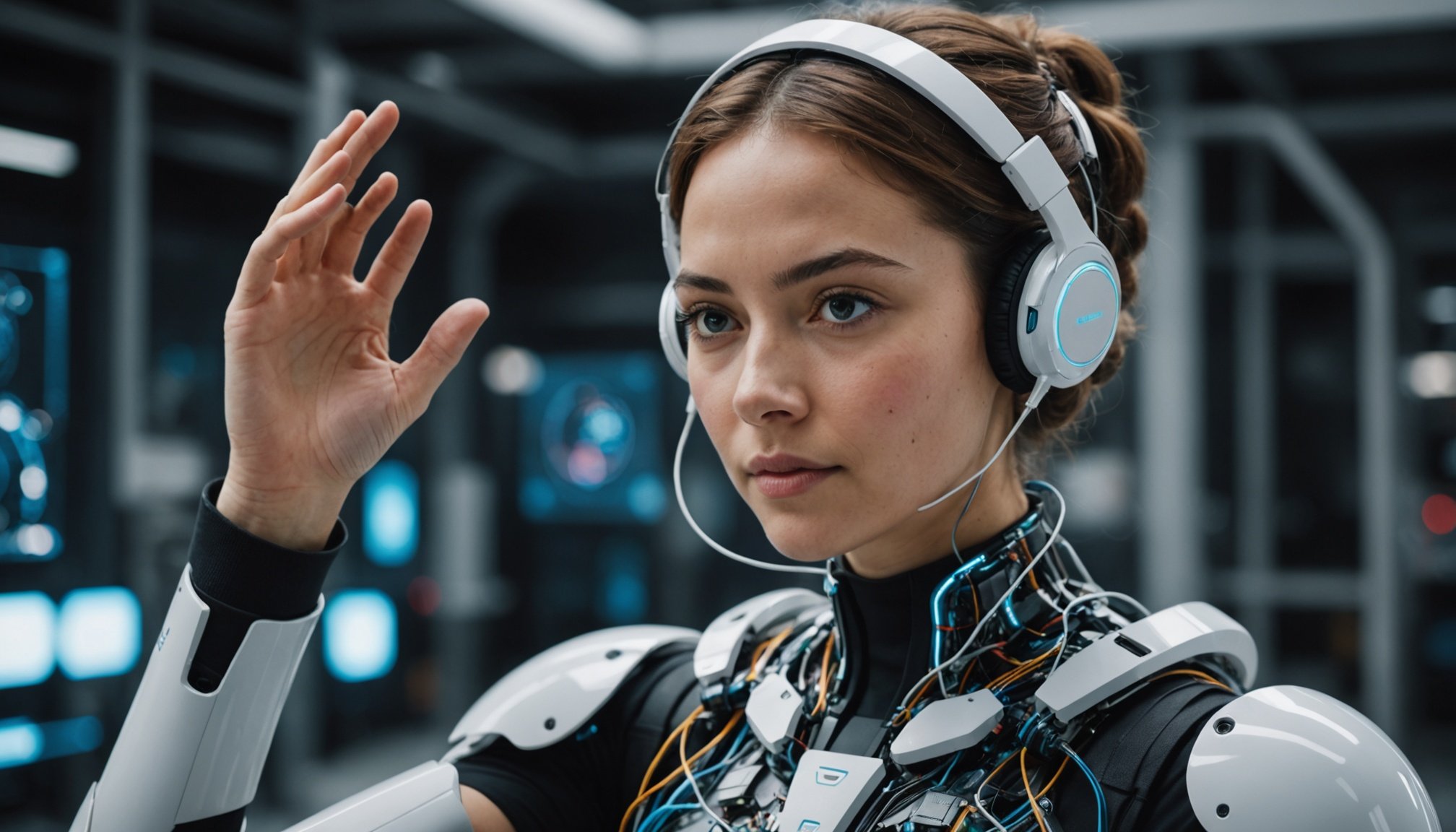Critical Components of AI-Driven Wearable Tech Apps
Artificial intelligence integration in wearable technology is reshaping user interactions and functionalities. A solid understanding of the critical components involved is essential to harness this potential effectively. Hardware and software synergy plays a pivotal role in ensuring the seamless operation of AI-driven wearables. Devices must support real-time data processing capabilities to handle the continuous flow of information efficiently. This capability enables wearables to provide immediate feedback and adapt to user behaviour and preferences.
Real-time data processing is crucial for transforming raw data into actionable insights. AI algorithms analyse data both from embedded sensors and external sources to deliver personalised recommendations and alerts. This not only enhances user engagement but also increases the utility of the wearable devices.
Additional reading : Transform your legal landscape with ai paralegal linda
Moreover, the integration of artificial intelligence elevates the functionalities of wearables, enabling advanced features such as health monitoring and activity tracking. For instance, AI can predict health trends by analysing historical data, offering users proactive health advice.
In summary, the seamless integration of AI with robust hardware and software platforms significantly elevates the capabilities of wearable technology. Mastering these elements ensures efficient data handling, personalised user experiences, and the overall success of AI-driven wearables. By addressing these critical components, developers can unlock the full potential of wearables in fulfilling user needs.
Also to read : Essential tactics for protecting kubernetes clusters in a multi-tenant environment
Design Principles for User-Centric Wearable Applications
Creating a user-centric design in wearable apps requires prioritising both interface usability and the user experience (UX). The best practices focus on crafting intuitive interfaces that contribute to seamless functionality and overall user satisfaction. A prominent feature is responsiveness, ensuring the app adapts dynamically to varying user inputs and contexts.
Adaptability is critical. Wearable applications must cater to diverse settings and individual user needs. An adaptable interface enhances recognition of user patterns, promoting a tailored user journey. Implementing responsive and flexible design elements is pivotal in ensuring the long-term engagement and usability of wearable applications.
Consider successful case studies to comprehend user interface (UI) impacts. A notable example might be a fitness tracker app designed with a minimalist interface that prioritises essential information, thus optimizing the user experience. Such designs facilitate smooth interactions without overwhelming users, proving that simplicity can be powerful in engaging wearables.
Pursuing these best practices facilitates the creation of innovative applications that adequately respond to user demands while delivering effective and satisfying experiences. Leveraging thoughtful UX design promotes a harmonious interaction between technology and humans, advancing the efficacy of wearable technology in everyday life.
Enhancing User Experience through Data
Incorporating data analytics in wearable technology is transforming the user experience by facilitating personalisation. AI algorithms play a crucial role in tailoring interactions, thereby improving user satisfaction. Immediate data feedback and adaptation to user behaviour exemplify the benefits of data utilization. But how does personalisation work? By tracking user patterns, devices intelligently modify their responses, aligning with individual preferences.
AI’s ability to enhance user interactions is evident in how wearable devices provide real-time insights. Whether it’s a fitness tracker adjusting workout recommendations or a smartwatch monitoring stress levels, AI ensures these devices become intuitive companions rather than mere gadgets. By interpreting and learning from data, wearables provide a more cohesive and enriched user experience.
For instance, a leading wearable might utilise heart rate data and activity logs to offer feedback on daily energy levels. This approach fosters a deeper connection between the user and the technology, ensuring these devices not only meet functional requirements but also enhance overall well-being. Incorporating data-driven insights creates a dynamic interplay between AI and users, continually evolving to meet user demands.
Market Trends and Insights in Wearable Tech
Wearable technology is continuously evolving, with various market trends shaping its trajectory. A major driver is the increasing demand for health-based wearables, propelled by consumer interest in fitness and wellness. This trend widens the horizon for AI integration, enhancing device capabilities in monitoring and predicting health parameters.
Emerging technologies like flexible sensors and augmented reality (AR) are influencing future wearables. These advancements promise more immersive experiences, heralding a new era for wearable tech. The incorporation of AR, for example, can revolutionise user interactions, offering visually enriched data alongside traditional metrics.
Furthermore, insights into user preferences direct technological advancements, ensuring wearables cater to diverse needs. The proliferation of smartwatches and fitness trackers in recent years underscores the shift towards smarter, multifunctional devices.
Predictions for the future hint at AI-driven wearable applications becoming even more integrated into daily life. Experts anticipate enhanced connectivity, with wearables playing pivotal roles in IoT ecosystems. As technology evolves, wearables are expected to become more intuitive and indispensable companions, offering unprecedented levels of personalisation and connectivity. Keeping abreast of these trends ensures developers remain agile in adapting to future demands.
Challenges in Developing Wearable Tech with AI
Developing wearable technology integrated with artificial intelligence often presents several challenges. One major obstacle is ensuring robust data security and privacy. As wearables collect a plethora of sensitive user data, developers must comply with stringent data protection regulations and implement robust encryption methods to safeguard user information.
Another critical challenge in the development process is dealing with AI limitations. While AI greatly enhances functionalities, its algorithms may be constrained by current computational capabilities, impacting processing speed and efficiency. Developers must continuously optimise their applications to maintain effective performance in real-time environments.
Technology barriers, including battery life and hardware compatibility, can impede the seamless integration of AI into wearables. Efficient solutions are necessary to balance power consumption with functionality. This involves innovative battery solutions and the development of lighter, more powerful processors to meet the demands of AI applications.
To overcome these challenges, developers are urged to apply strategic approaches, such as iterative testing and collaboration across disciplines, to accelerate the identification of effective solutions. By addressing these development challenges proactively, the full potential of AI in wearable tech can be realised, ensuring these technologies advance while maintaining user trust.
Case Studies of Innovative AI-Driven Wearables
Innovative AI-driven wearables are transforming the landscape of personal technology. Companies are leveraging artificial intelligence to provide personalized experiences and responsive designs. A key player in this arena is a leading fitness brand that integrates AI to enhance wearable technology. Their devices not only track physical activity but also predict user needs by learning from data patterns. This adaptability fosters increased user engagement.
Another compelling example is a smartwatch offering real-time health insights. This wearable utilizes AI to monitor heart rate and predict potential health risks. The critical components here include seamless technology integration and real-time analytics, which together create a smart assistant on the user’s wrist. Beyond health, AI enhances its functionalities, exemplifying wearable technology at its best.
From an industry perspective, these case studies highlight strategic development tools used to ensure interoperability. The focus is on cross-platform capabilities, ensuring AI functionalities operate seamlessly. Developers learn from these studies that effective synergy between AI, hardware, and software is paramount.
Lessons learned point towards investing in advanced AI frameworks and ongoing user feedback loops. These approaches assure that the wearables remain relevant and continuously improve alongside technological advancements.
Tools and Resources for Development
Developing wearable applications requires the right mix of development tools and resources. Key development frameworks, such as TensorFlow and Flutter, have proved invaluable for creating robust and efficient applications. TensorFlow, with its machine learning capabilities, allows developers to integrate complex AI functionalities seamlessly, enhancing the intelligence of wearable devices. Flutter provides a versatile platform for crafting natively compiled applications, ensuring cross-platform compatibility.
In addition to frameworks, plug-ins like Wearable SDKs streamline the technology integration process, offering essential functionalities out-of-the-box. Developers benefit from these tools to address the need for interoperability in wearable technology.
For ongoing learning and development, resources like developer forums and online courses from platforms such as Coursera and Udemy are invaluable. These offer in-depth knowledge and community support for tackling challenges inherent in wearable technology development.
Industry standards, including those set by IEEE, guide developers towards maintaining consistency and reliability in their applications. Adhering to these standards ensures wearables meet user expectations and regulatory requirements, further enhancing their market viability. By leveraging a blend of dynamic development tools and comprehensive resources, developers can overcome hurdles and craft cutting-edge AI-driven wearable technology.
Technology Integration Strategies
Integrating artificial intelligence (AI) within wearable technology requires a strategic approach, ensuring harmony between development tools and robust cross-platform functionality. AI’s potential is maximised when wearable devices seamlessly connect with diverse platforms, facilitating smooth data exchange and processing. This necessity brings interoperability to the forefront of design considerations.
One critical strategy involves leveraging powerful development frameworks that simplify AI integration. Tools like TensorFlow offer comprehensive machine learning capabilities, enabling developers to implement sophisticated AI features in wearable devices. Similarly, Flutter assists by allowing the creation of cross-platform applications, ensuring scalability and reach across different operating systems.
Addressing interoperability challenges often involves bridging gaps between disparate systems. Developers must ensure wearables communicate effectively with other digital ecosystems. Solutions include utilising middleware that facilitates the seamless exchange of data between connected devices, enhancing the overall user experience.
To achieve successful integration, developers must focus on maintaining efficient workflows and real-time responsiveness. Streamlining processes through strategic software deployment and ensuring hardware compatibility are essential steps in achieving optimal performance. By prioritising these technology integration strategies, wearables can evolve into indispensable tools, enhancing user engagement through sophisticated AI-driven functionalities.










